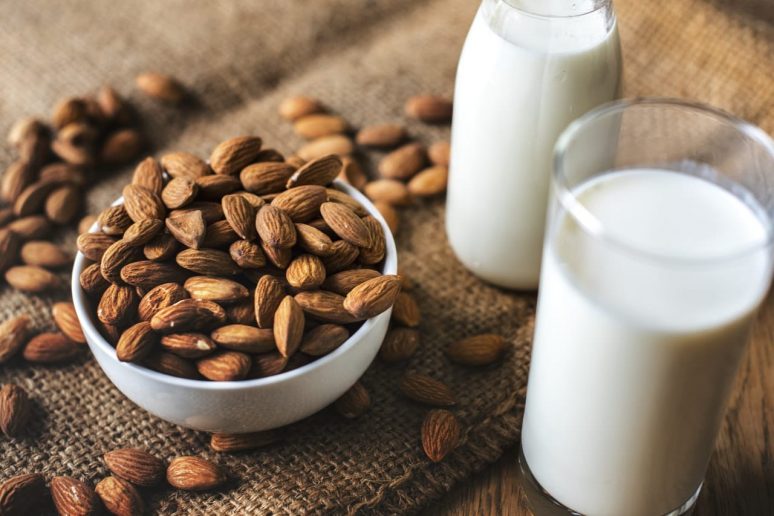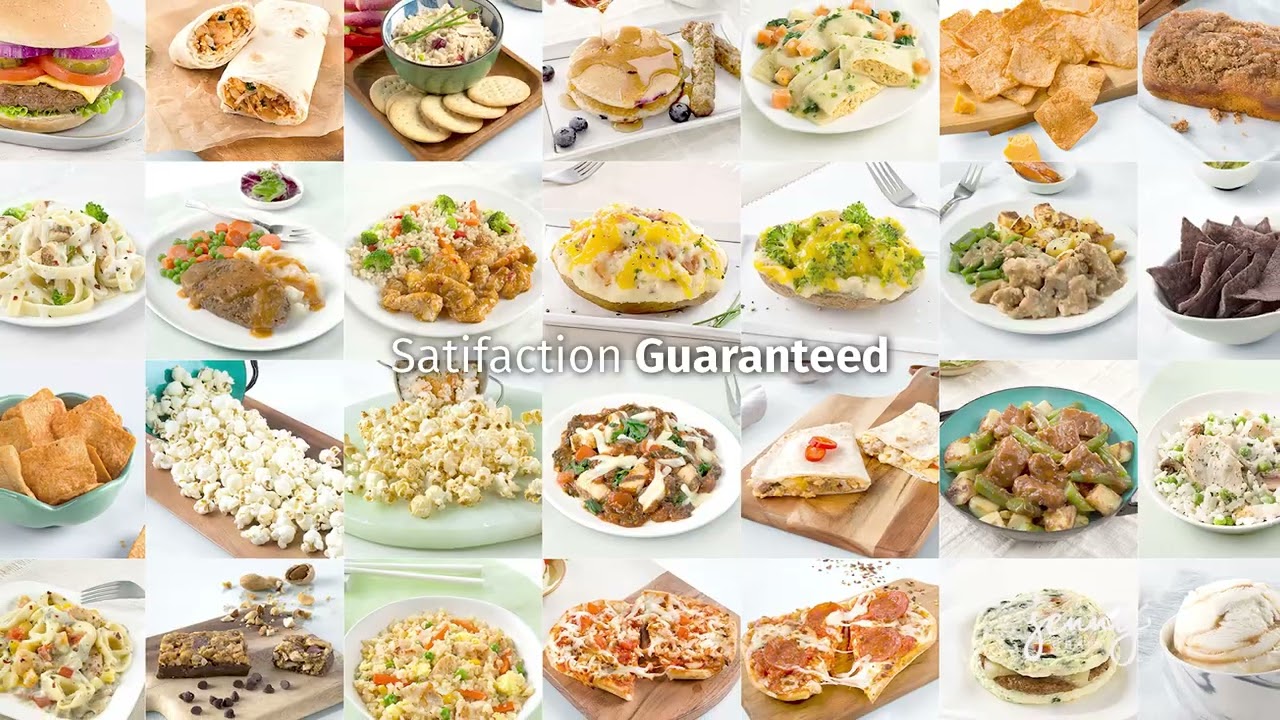
Alicia Silverstone is an award winning actress, producer, and entrepreneur who also happens to be an animal rights advocate. Silverstone is a vegan and has written two guides to vegan living and a podcast that focuses on green living. Her website, also vegan-friendly, is full of resources to help people have a more sustainable and healthy lifestyle.
The Kind Diet is a plan for weight loss that uses plants. It addresses nutritional concerns and helps new dieters. The book's primary focus is to educate dieters about the many benefits of a plant-based diet and point out the flaws of meat-eating. The Kind Diet also includes a useful list of recipes for dieters, mostly in the form easy-to make and tasty meals. Although it is not easy to follow for long, the program can be helpful.

The Kind Diet may not be for the faint-hearted, however. This diet is extremely restrictive and not for everyone. You might not be able to get all of the nutrients that you need from a vegetarian lifestyle. It is easy to overeat the calories at the beginning.
The Kind Diet book includes a variety of delicious recipes that range from healthy salads and tasty desserts. Alicia Silverstone recommends a number of different ingredients, including beans, legumes, and grains. In addition to these foods, the book also includes a number of tips on how to make your kitchen more vegan-friendly. These include limiting processed foods, avoiding the use of oils, and learning how to prepare vegetables and grains for a healthier lifestyle. There are some helpful tips in the book, such as how to use a steamer for vegetables and how to incorporate spices into dishes.
The Kind Diet gives you a good introduction to vegan food. It's an ideal way to reduce your meat consumption and improve your health. It has been shown to reduce the risk of heart disease and prolong your life. It's also an effective way to reduce your carbon footprint. Even if you don't eat animal products, a plant-based diet can provide you with serious mental clarity. You might even notice a significant weight loss.
One of the most interesting aspects of the book is that Alicia Silverstone is an animal rights activist, so you can expect to hear about the pros and cons of living a vegan lifestyle. It is also a great resource for information on environmental sustainability. In fact, it's one of the most environmentally friendly diets out there.

The Kind Diet offers three levels. Each level has its own set of benefits. There are some really cool things in the "superhero" phase. This includes, for example, sea vegetables, fruits with high water content and vegetables low in sugar and carbohydrates. However, it can be difficult to find sea vegetables in areas like rural areas of the United States. In addition, it's also a pretty expensive proposition.
FAQ
What are 10 healthy habits you can adopt?
-
Every day, eat breakfast.
-
Don't skip meals.
-
Keep a balanced diet.
-
Drink plenty of water
-
Take care of yourself.
-
Get enough rest.
-
Avoid junk foods.
-
Do some form of exercise daily.
-
Have fun
-
Meet new people.
What is the most healthful lifestyle?
Healthy lifestyles include eating healthy food, regular exercise, good sleep, and avoiding stress. You can live a long and healthy lifestyle if these guidelines are followed.
Starting small can make a big difference in your diet, and even your exercise routine. To lose weight, you can start walking 30 minutes per day. You can also take up dancing or swimming if you are looking to be more active. A Fitbit or Strava online program that tracks your activity can be joined.
How to measure body fat?
A Body Fat Analyzer can be used to measure body fat. These devices are used to measure the percentage of bodyfat in people who desire to lose weight.
Is being cold bad for your immune system?
It has been said that there are two types of people on the planet: those who love winter or those who hate it. But whether you love or hate it, you may find yourself wondering why you feel so lousy when it's cold out.
The reason is simple: Our bodies are meant to function best in warm conditions. Hot climates are where our food sources are most plentiful, and we evolved to thrive there.
We live in a very different environment than our ancestors. We spend more time indoors, are often exposed at extreme temperatures (cold and hot), and eat processed food rather than fresh.
This means that our bodies aren’t used to these extremes. This means that we feel tired, sluggish and even sick when we venture outside.
However, there are ways to counter these effects. Keep your body hydrated. Water is essential for your body to function properly and eliminate toxins.
You must also ensure that you are eating healthy foods. Your body will stay at its best when you eat healthy foods. This is especially important for those who spend long periods inside.
Consider taking a few moments each morning to meditate. Meditation is a great way to relax your body and mind. It makes it easier for you to cope with stress and illness.
Exercise: Is it good or bad for immunity?
Your immune system is strengthened by exercise. Exercise increases white blood cell production, which helps fight off infection. You also get rid toxins. Exercise helps prevent diseases like cancer and heart disease. It also reduces stress levels.
But, too much exercise can lead to a weakening of your immune system. Your muscles can become sore if you exercise too much. This can lead to inflammation and swelling. Your body then has to produce more antibodies to fight off infection. Problem is, extra antibodies can trigger allergies and other autoimmune conditions.
So, don't overdo it!
What is the difference between a virus and a bacterium?
A virus can be described as a microscopic organism incapable of reproducing outside its host cell. A bacterium is an organism that splits itself in two. Viruses measure only 20 nanometers in diameter, but bacteria is up to 1 millimeter in size.
Viruses are usually spread through contact with infected bodily fluids, including saliva, urine, semen, vaginal secretions, pus, and feces. Bacteria are usually spread through direct contact with contaminated objects or surfaces.
Viruses can get into our bodies through cuts and scrapes on the skin, bites or other injuries. They can also enter the body through the nose and mouth, eyes, ears or rectum.
Bacteria can enter our bodies through wounds, cuts, scrapes, burns, insect stings, or other breaks in our skin. They can also be introduced to our bodies by food, water and soil.
Both bacteria and viruses can cause illness. However, viruses cannot reproduce within their hosts. Infecting living cells is what causes them to become sick.
Bacteria may spread to other people and cause sickness. They can spread to other parts of our bodies. That's why we need antibiotics to kill them.
What's the best diet?
Your age, gender, body type, and lifestyle choices will all impact the best diet. Also, consider your energy expenditure, your preference for low-calorie food, and whether you enjoy eating fruits or vegetables.
Intermittent fasting may be a good choice if you want to lose weight. Intermittent fasting allows you to consume only specific meals throughout your day rather than three large meals. This might be better than traditional diets that have daily calorie counts.
Some studies have suggested that intermittent fasting might improve insulin sensitivity. It may also reduce inflammation. This can lead to a reduction in blood sugar levels, and less risk of developing type 2 diabetes. Other research suggests that intermittent fasting may promote fat loss and improve overall body composition.
Statistics
- WHO recommends reducing saturated fats to less than 10% of total energy intake; reducing trans-fats to less than 1% of total energy intake; and replacing both saturated fats and trans-fats to unsaturated fats. (who.int)
- nutrients.[17]X Research sourceWhole grains to try include: 100% whole wheat pasta and bread, brown rice, whole grain oats, farro, millet, quinoa, and barley. (wikihow.com)
- In both adults and children, the intake of free sugars should be reduced to less than 10% of total energy intake. (who.int)
- The Dietary Guidelines for Americans recommend keeping added sugar intake below 10% of your daily calorie intake, while the World Health Organization recommends slashing added sugars to 5% or less of your daily calories for optimal health (59Trusted (healthline.com)
External Links
How To
How to live a healthy lifestyle
Healthy living is a lifestyle that helps you maintain your weight, good health, and your fitness. It involves living a healthy lifestyle, which includes exercising regularly, eating well, and staying away tobacco, alcohol, and other drugs. A healthy lifestyle will help you feel happy and fit. A healthy lifestyle can help reduce your risk of developing chronic diseases such as heart disease, strokes, diabetes, cancer and osteoporosis.
This guide will help you live a healthier, more fulfilling life. The first part of the project consisted of writing the introduction, which explains what a healthy lifestyle is, why people should adopt a healthy lifestyle and who we are. The body paragraphs are a collection of tips on how to live a healthy life. Finally, I wrote the conclusion. It summarises the entire article and offers additional resources, if needed.
This assignment helped me learn how to write a clear and concise paragraph. I learned how topic sentences and supporting details were organized. Moreover, I improved my research skills because I had to find specific sources and cite them properly. Finally, I learned how to properly use grammar when writing.